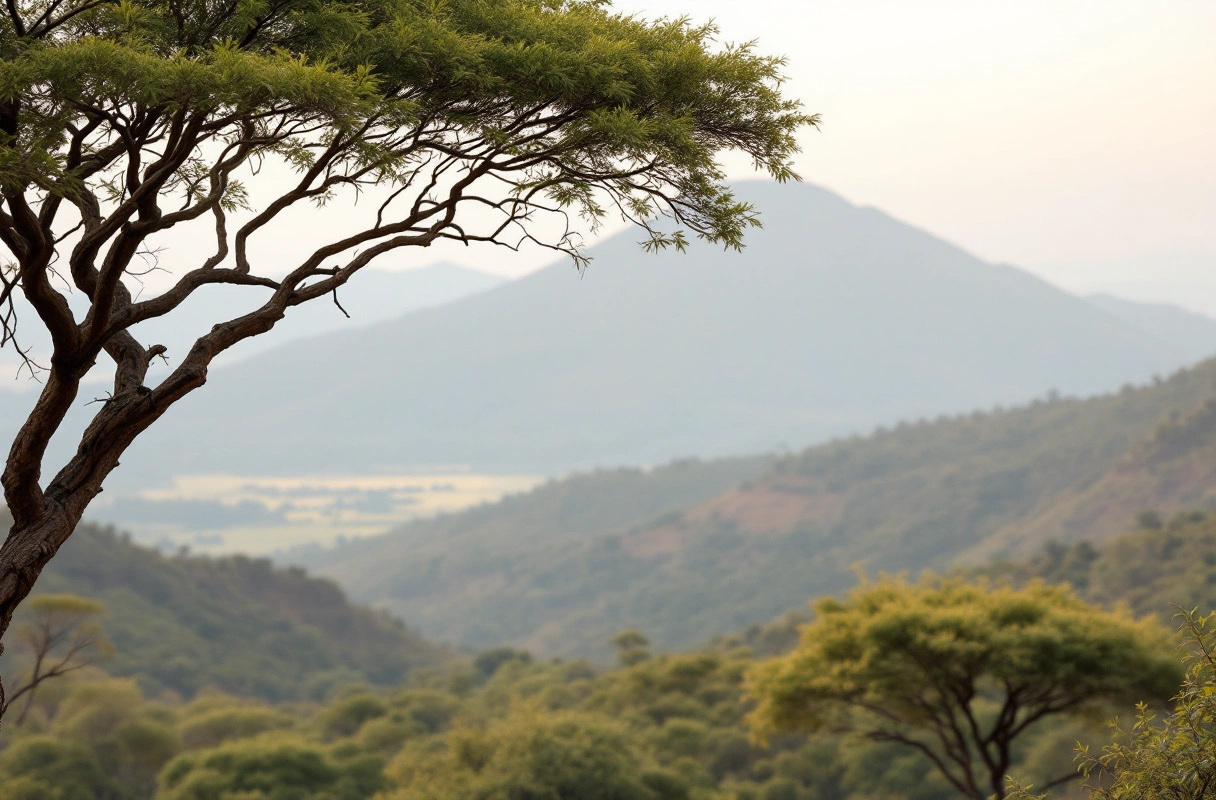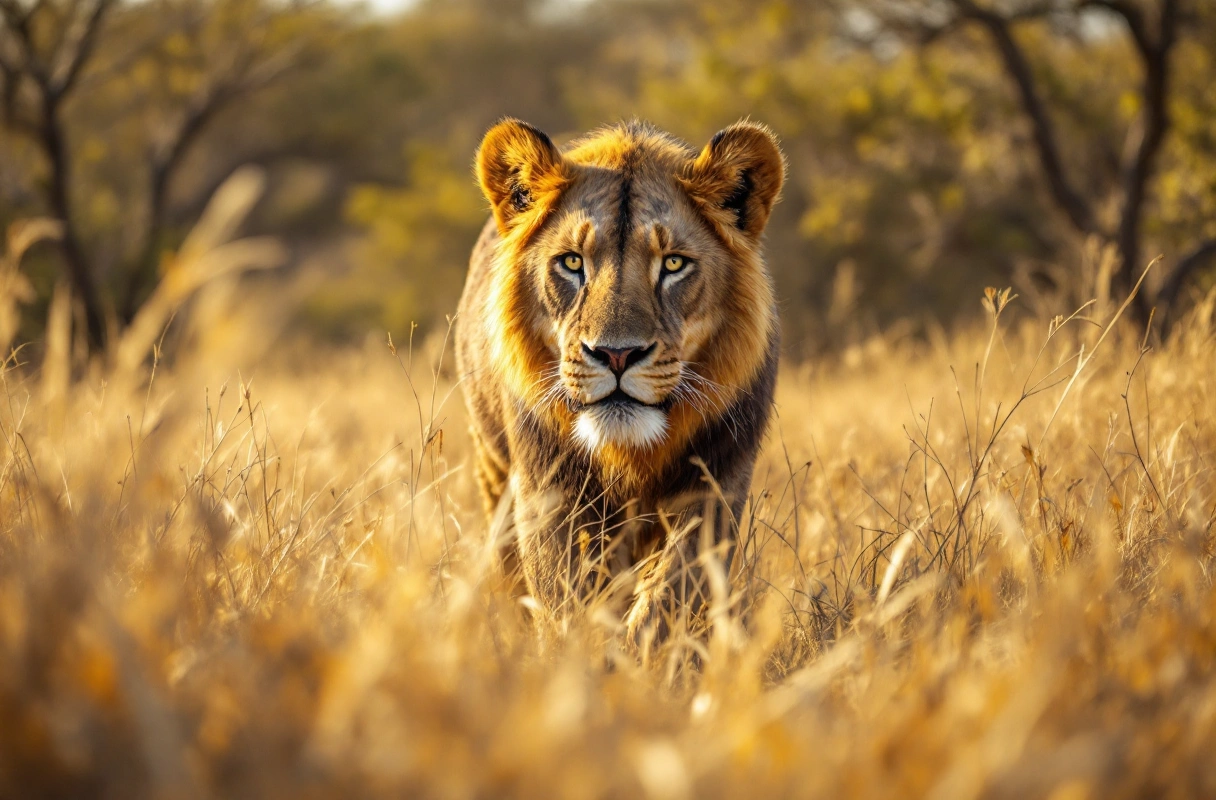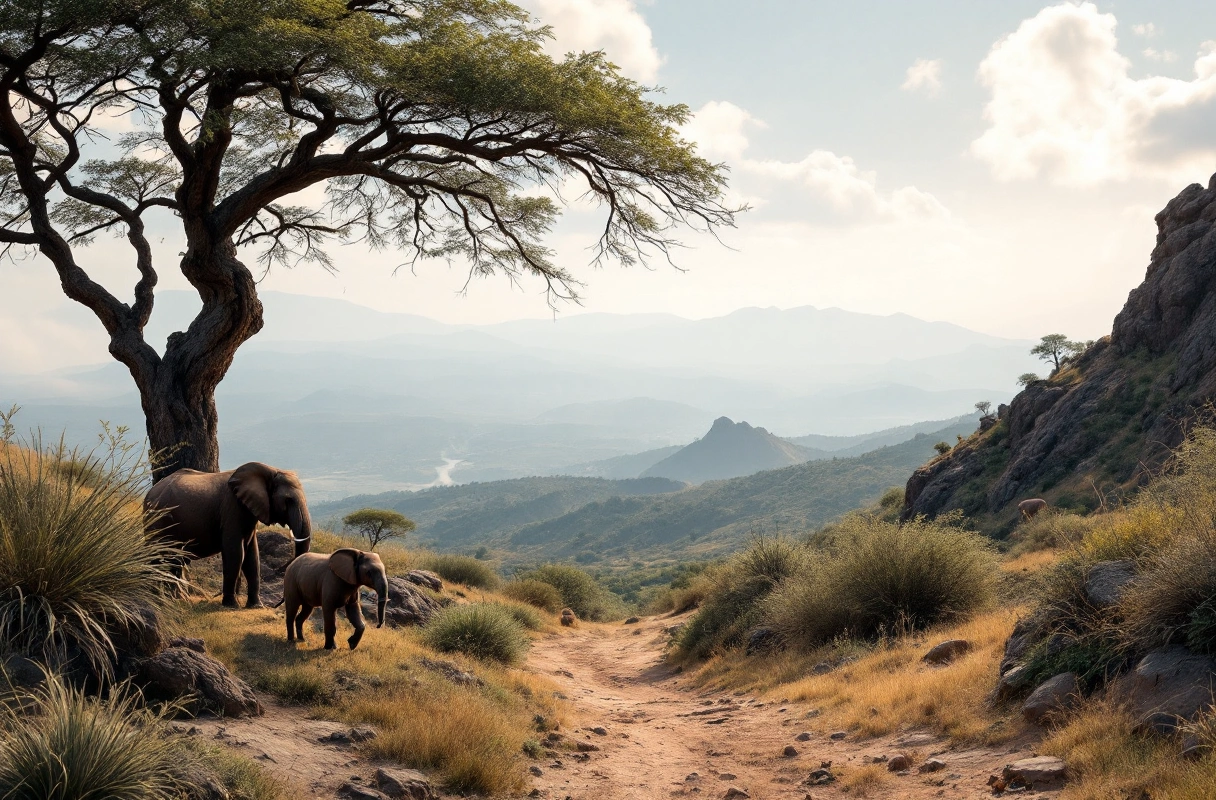
Experiencing the majestic wildlife of Africa is a dream for many nature enthusiasts, and few places offer such an incredible opportunity as Kilimanjaro. Nestled in Tanzania, this iconic mountain is not only a hiking destination but also a unique vantage point for observing a plethora of African animals in their natural habitat. From the lush rainforest at its base to the arid landscapes higher up, Kilimanjaro is a microcosm of African biodiversity. This article will explore the top wildlife experiences on Kilimanjaro, providing insights on when to visit for the best chances of spotting African animals these magnificent creatures.

Kilimanjaro is home to a wide variety of African animals, making it a hotspot for wildlife experiences. The varying ecosystems support numerous species, each adapted to their specific environment.
When trekking around Kilimanjaro, adventurers might encounter:
The mountain's diverse habitats, from dense forests to open grasslands, create opportunities to spot these animals at various altitudes. Each section of the mountain supports unique wildlife, providing an enriching experience for those who seek to observe these creatures in their natural environment.
The ecosystems on Kilimanjaro can be broadly categorized into five distinct zones, each supporting different wildlife:
Understanding these ecosystems not only enhances your wildlife viewing experience but also provides insights into the delicate balance of life on Kilimanjaro.

Timing your visit is crucial for maximizing your chances of seeing African animals. Kilimanjaro has distinct seasons that influence wildlife behavior and availability.
By strategically planning your visit, you can greatly enhance your chances of witnessing the extraordinary wildlife that Kilimanjaro has to offer.

Successfully spotting African animals requires patience, knowledge, and a bit of strategy. Here are some actionable tips to improve your wildlife viewing experience.
Different routes on Kilimanjaro provide varying opportunities for wildlife encounters. The Machame and Lemosho routes are particularly known for their rich biodiversity. These paths traverse diverse ecosystems, increasing the likelihood of animal sightings.
Wildlife is often more active during specific times of the day. Early morning and late afternoon are prime times for spotting animals as they are more likely to be foraging for food. Plan your trekking schedule to coincide with these peak hours.
Animals are naturally wary of human presence. Maintaining a quiet demeanor and being patient can significantly improve your chances of a sighting. Move slowly and quietly, and take time to observe your surroundings.
Engaging a knowledgeable guide can enhance your wildlife experience. They can provide insights into animal behavior, habitats, and the best spots for viewing. Guides often have local knowledge about recent animal activity, which can lead to more successful sightings.
When it comes to wildlife experiences on Kilimanjaro, there are several misconceptions that can mislead potential visitors.
While Kilimanjaro is home to a variety of species, wildlife is not uniformly abundant across the mountain. The density of animals varies significantly between ecosystems. Understanding where to look is crucial for successful wildlife spotting.
Many first-time visitors underestimate the difficulty of spotting animals. Wildlife in Africa is often elusive, and sightings can require patience and effort. Being prepared for limited encounters can enhance the overall experience.
While some African animals can be dangerous, many species are harmless and play crucial roles in the ecosystem. Educating yourself about animal behavior can help alleviate fears and enhance appreciation for these creatures.
Conservation plays a vital role in preserving the rich biodiversity of Kilimanjaro and ensuring that future generations can enjoy these wildlife experiences.
Several organizations and local communities are actively involved in conservation efforts on Kilimanjaro. These initiatives focus on:
Visitors can support conservation efforts by choosing responsible tour operators that prioritize eco-friendly practices. Engaging in community-based tourism initiatives can also provide direct benefits to local communities while enhancing your travel experience.
As you embark on your journey to experience the incredible wildlife of Kilimanjaro, the Banana Slug Club invites you to deepen your understanding of African animals and their ecosystems. Our mission is to inspire nature enthusiasts, students, and curious minds to learn more about the world around them.
Through engaging resources and educational materials, we strive to foster a love for nature, science, and conservation. Whether you are a student eager to learn or a nature enthusiast looking to expand your knowledge, the Banana Slug Club is here to help you explore the wonders of wildlife.
We encourage you to visit our website for more information on how you can participate in our programs and initiatives. Dive into the world of African animals and discover the joy of learning about nature, science, plants, and animals. Together, we can make a difference in wildlife conservation and appreciation.
By embracing the adventure of spotting African animals on Kilimanjaro, you not only create unforgettable memories but also contribute to the preservation of these magnificent creatures. Join the Banana Slug Club today and become part of a community dedicated to exploring and protecting the wonders of our natural world.
Get free resources, early access to new features and updates.
No spam. Just fun educational emails!